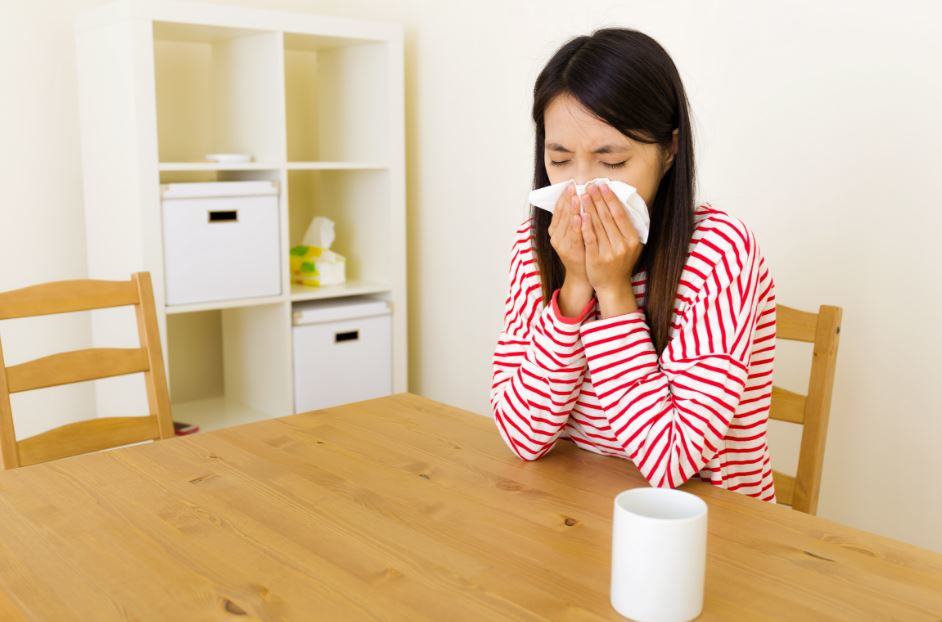
Whether you have mild or severe allergies, you can see immediate benefits from reducing allergens inside your home. Allergy-related nasal congestion can affect breathing and sleep. Various allergic reaction symptoms may also increase the chance of infections or make infections more difficult to treat. Although many people believe that regular dusting and vacuuming alone protects allergy sufferers, allergens enter your home in a variety of ways and getting rid them isn’t always easy. Follow these tips to deal with six common sources of allergens to make your home a healthier environment:
Openings
Air-borne allergens like tree pollen and mold spores enter a home through open windows and doors. Wipe surfaces with a damp duster instead of a dry one that only stirs them into the air. Damp dusting also reduces dust mites. Additionally, invest in air filtration systems such as HVAC filters and portable room air purifiers.
Shoes
When you’re outdoors, particles in the air and on the ground stick to your shoes. Keep a pair of “indoor” shoes or slippers at every door to change into the moment you enter your home. This will help prevent the spread of outdoor allergens in your home.
Clothing
Clothing fibers also naturally trap outdoor air particles. Change your clothes and bag the dirty ones to clean later as soon as possible once you’re inside. Try not to lay in your bed until you’ve changed or put on pajamas.
Pets
Like people, pets bring all sorts of outdoor allergens indoors. Pet dander, saliva and hair can also cause reactions in some people. One of the best ways to prevent this is by not letting them on furniture. You should also bathe them regularly, and use non-irritating products like those found at Roxy’s Remedies.
Food
Most people love fresh fruits and vegetables, but fresh produce often spreads mold spores. Always toss any new moldy produce items immediately into a sealable bag to prevent mold spores from spreading. To reduce the amount of mold that grows on produce ripening on counters and inside refrigerators, pick produce that isn’t damaged or over-ripened to decrease natural mold growth.
Refrigerator
Even in cold temperatures, produce eventually rots and microorganisms like mold and bacteria begin growing. Although many people throw out rotted foods quickly, they often forget that microorganisms cling to surfaces. Always wipe down every interior fridge surface with mold- and bacteria-killing cleaning cloths after you throw out rotted food.
These six common sources might not seem like they’re worth the effort, but allergic reactions stack up with exposures and put unnecessary strain on the immune system. You can’t remove every allergen particle, but you can reduce them by taking simple steps in your home.

